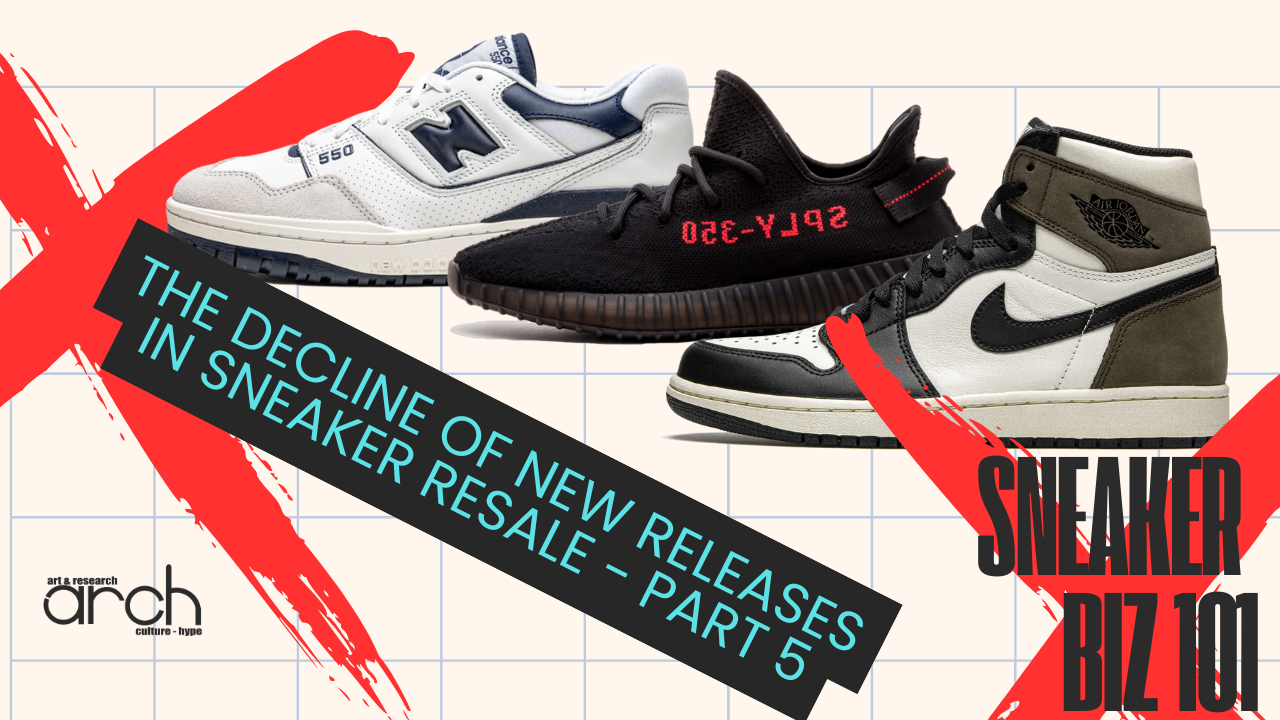![]()
This was a series of tweets yesterday that sparked the question below:
Tweet A: The shoes that are resold are very limited edition shoes. That’s what drives the resale. so resale can have no impact on primary market
Tweet B: Sneaker heads will never understand just how niche their world is…
Tweet A: Resale has virtually no impact on the performance basketball shoe business. Resale is a tiny fraction of the US sneaker market.
Tweet C: The ignorance of the community around this topic is pretty painful.
This simple back and forth was stating that the sneakerhead community is not influential when you look at footwear as a whole. I agreed with this statement. When Tweet C dropped in that the community was ignorant I went into a defense of sneakerheads, but my response and defense of sneakerheads was completely undercut by a “sneakerhead” who came in and claimed that the information they get from a source that only sells one style of shoe was more important than an analysis of all of footwear, basically proved that the sneakerhead community tends to overlook facts and rely only on their own platforms to inform their ideas. I asked this question:
Question: Do sneakerheads have any considerable influence on the footwear market or are they a niche segment with little sway on the market?





